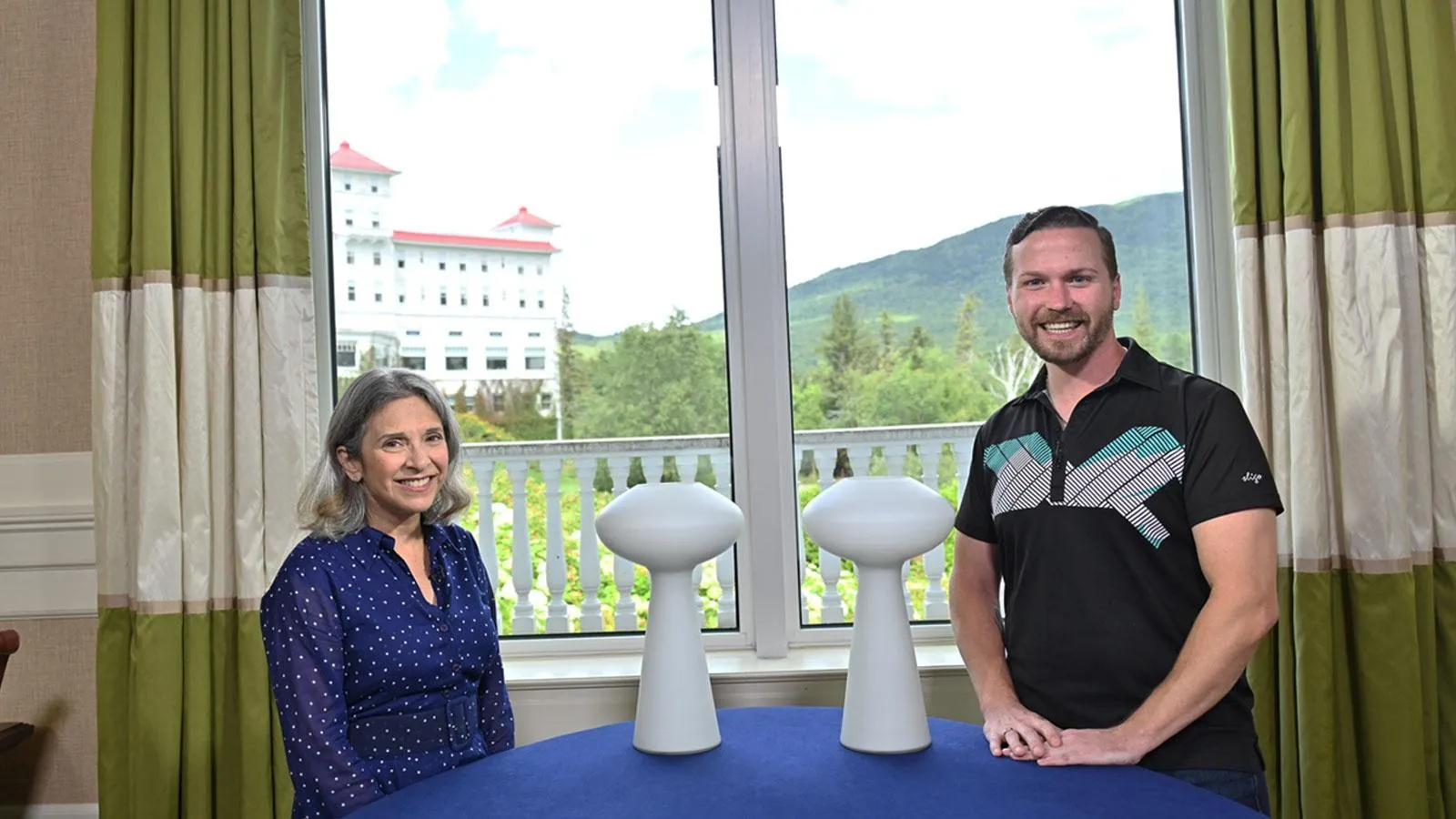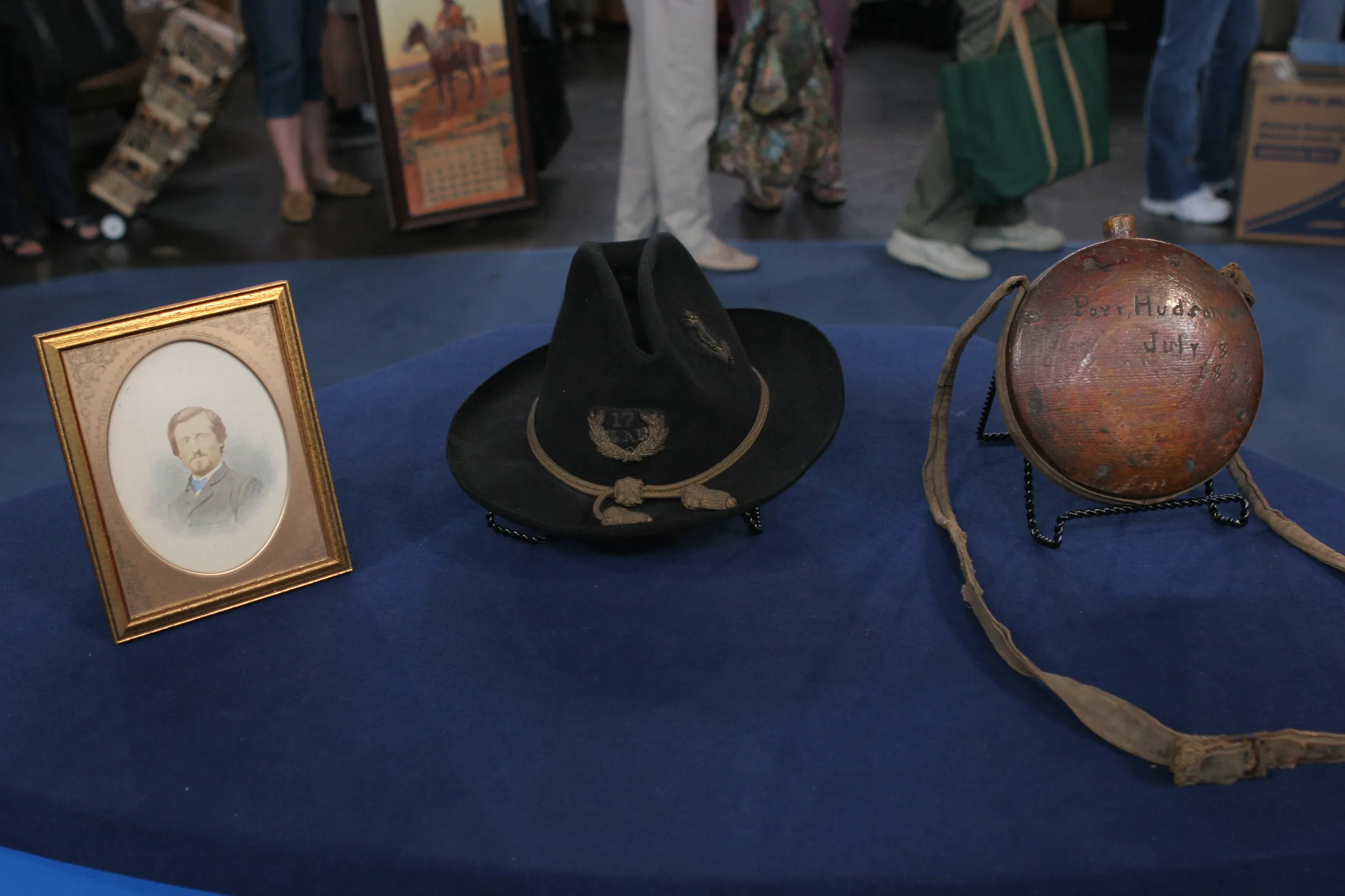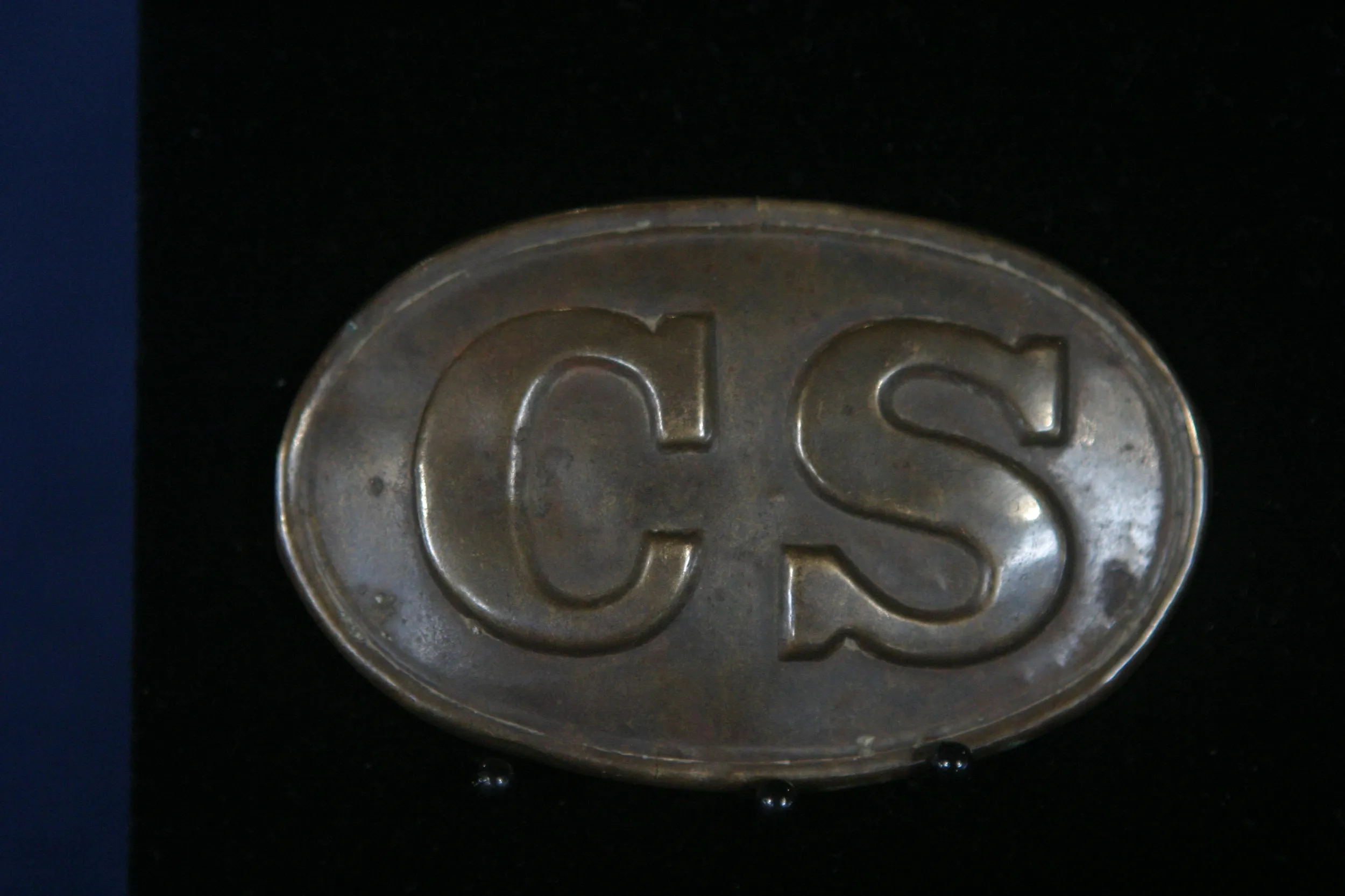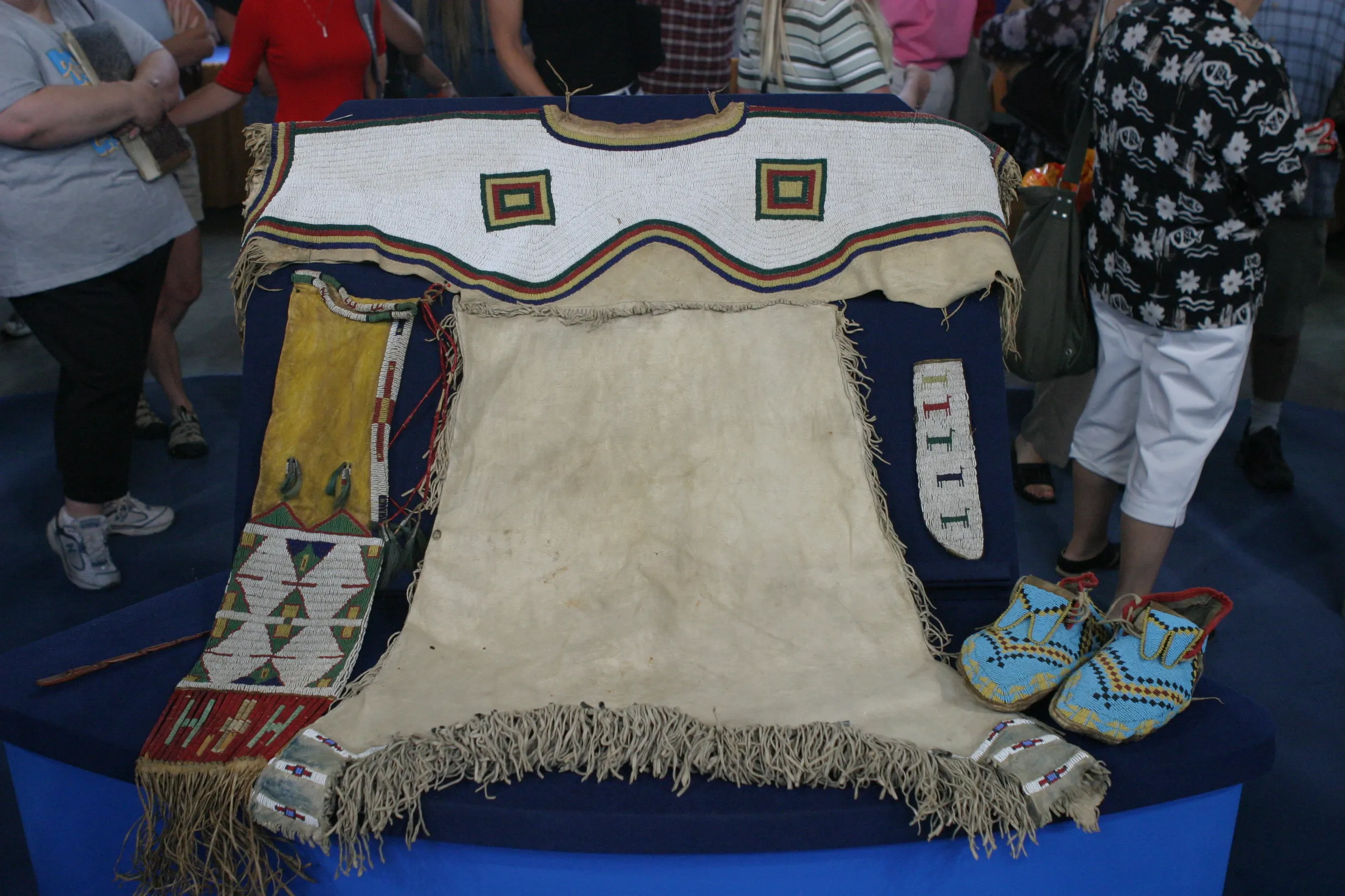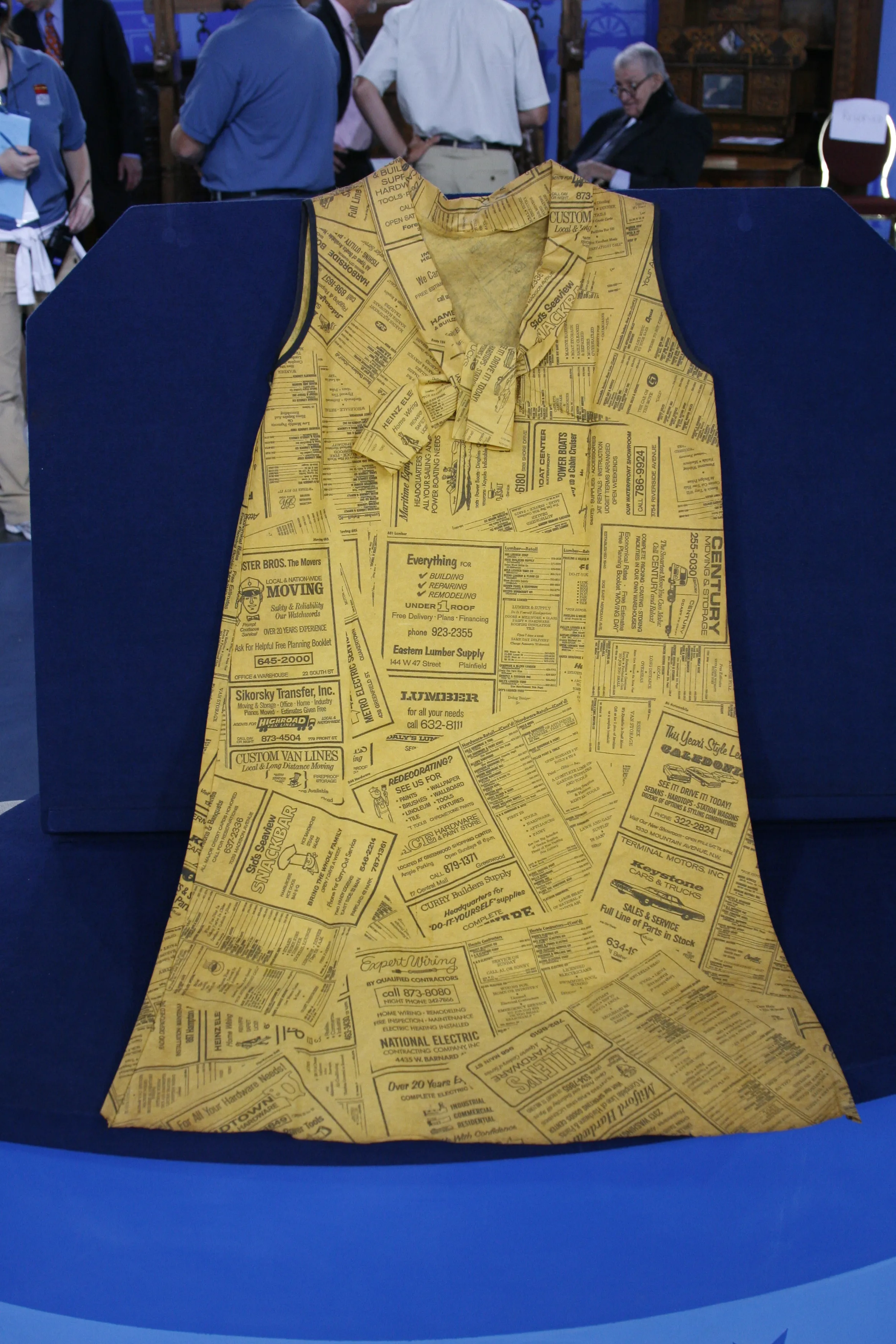GUEST: Well, I brought a cane. I bought it online a few years ago. I'm not a cane collector, but when I saw all these fantastic creatures on it, I had to have it. I think there are 35 of 'em. They just jump right out at me. I just collect things that appeal to me and, uh, aren't terribly expensive.
APPRAISER: The first thing I like to do when I evaluate a cane is to actually pick it up.
GUEST: Okay.
APPRAISER: And I do that because of the fact I like to feel the weight of it.
GUEST: Uh-huh.
APPRAISER: That tells me a lot about the cane. And this is very, very light. And it tells me that this is probably carved of white pine...
GUEST: Okay.
APPRAISER: ...or possibly basswood. Both woods are indigenous to North America and both are easy to work.
GUEST: Okay.
APPRAISER: So it was, uh, the carver's wood of choice, uh, typically.
GUEST: Okay, makes sense.
APPRAISER: And let's take a look at this marvelous piece of art here. (chuckles) Starting with the top, where you have this wonderful, uh, crocodile or alligator.
GUEST: Uh-huh.
APPRAISER: You have rattlesnakes.
GUEST: Mm-hmm.
APPRAISER: You have several of these detailed horny toads.
GUEST: Yeah.
APPRAISER: All species that are indigenous to North America.
GUEST: Mm-hmm.
APPRAISER: And going down the cane, we see more snakes, more lizards. We have this wonderful spider here. There's negative space underneath the legs.
GUEST: Right.
APPRAISER: So he just didn't carve it as a lump on the piece of wood. He actually got under the legs and delineated each leg.
GUEST: Right.
APPRAISER: You go right down to the bottom, the metal ferrule...
GUEST: Mm-hmm.
APPRAISER: ...is still intact, which would have been put on most canes to help protect the bottom so it wouldn't splinter. When we look at a cane like this, we try to identify it as part of a body of work.
GUEST: Mm-hmm.
APPRAISER: Because someone who made this cane clearly wasn't an amateur.
GUEST: Right.
APPRAISER: We don't know who the carver is.
GUEST: (exhales)
APPRAISER: That's the interesting thing.
GUEST: You'd think that you wouldn't stop with just one.
APPRAISER: He didn't, but I haven't seen one. He probably was working in the trades, possibly in a carving shop...
GUEST: Mm-hmm.
APPRAISER: ...probably around 1890, 1900.
GUEST: Mm-hmm.
APPRAISER: It's very complex. You see these snakes, it really looks and feels like the snake is wrapped around the vines.
GUEST: Ah, yeah.
APPRAISER: Is engulfing the cane. We look at canes and we sometimes judge them as good, better, best.
GUEST: Mm-hmm.
APPRAISER: And I, I think, clearly, this falls into the best category.
GUEST: Oh, wow.
APPRAISER: Cane collectors, some of them like the idea that they're polychrome-painted.
GUEST: Yes. Yeah.
APPRAISER: And cane carvers, it's my theory...
GUEST: Mm-hmm.
APPRAISER: ...my belief, that some of these carvers did not paint them intentionally.
GUEST: Oh.
APPRAISER: Because you had this thick lead paint back in the 19th century.
GUEST: Yeah.
APPRAISER: And all of this detail would just disappear.
GUEST: Disappear, sure.
APPRAISER: If it was painted. In terms of valuation, do you have any idea?
GUEST: No. Um... I didn't pay a lot for it. And, uh...
APPRAISER: What did you pay?
GUEST: I paid $250 sh, plus shipping, I think. I noticed that it had horned toads.
APPRAISER: Uh-huh.
GUEST: And it had alligators. And the alligators are more Eastern, Gulf U.S.
APPRAISER: Mm-hmm.
GUEST: And horned toads are arid desert. And they meet in Louisiana. So I thought maybe it was a Louisiana cane.
APPRAISER: It's hard to pinpoint it that way. Some of these are the experience of the carver.
GUEST: Yeah.
APPRAISER: Where he grew up, where he is now.
GUEST: Could have migrated.
APPREAISER: Yeah, it's a combination sometimes. I think in today's market, a fair retail valuation for this would be $6,000 to $8,000.
GUEST: (chortling) (chuckling): Oh, my God. I had absolutely no idea. Oh! Great. That's fantastic.
APPRAISER: Yeah.
GUEST: Thank you.

